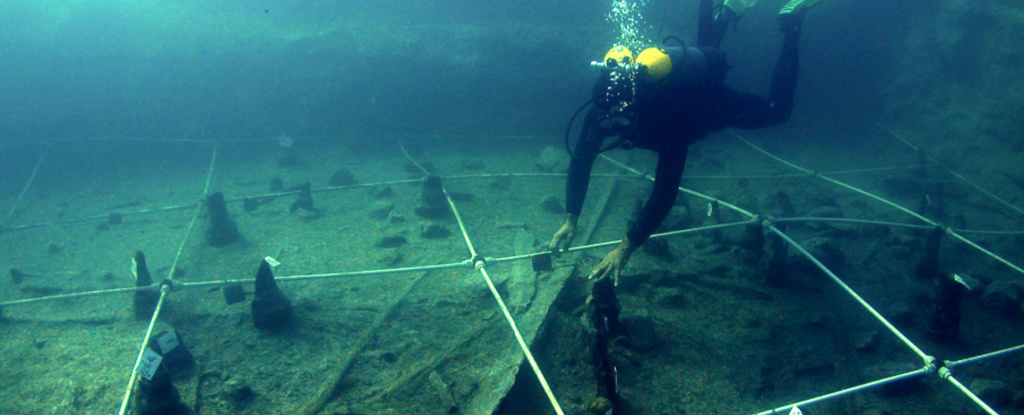
The history of transportation is largely one of technological innovation. Early humanoids walked or swam until the invention of the boat and the wheel when it all changed. Advances in technology have allowed people to travel farther, explore more territory, and expand their influence over larger and larger areas. Even in ancient times, new tools such as foot coverings, skis, and snowshoes lengthened the distances that could be traveled. As new inventions and discoveries were applied to transportation problems, travel time decreased while the ability to move more and larger loads increased. Innovation continues today, and transportation researchers are working to find new ways to reduce costs and increase transportation efficiency. Read more ...
7,000-Year-Old Sunken Boats Reveal How Neolithic Seafarers Traversed The Mediterranean Science Alert - March 20, 2024

7,000-Year-Old Neolithic Boats Were Incredibly Sophisticated And Surprisingly Modern Science Alert - March 20, 2024
The Neolithic sailors of the Mediterranean traveled aboard sophisticated vessels that already contained many of the nautical solutions seen on modern boats. The quality and complexity of these prehistoric crafts indicate that several major advances in sailing were achieved during the late Stone Age, paving the way for the spread of the ancient world’s most important civilizations.
Cretan tools point to 130,000-year-old sea travel PhysOrg - January 3, 2011
Greece's culture ministry says archaeologists on the island of Crete have discovered what may be evidence of one of the world's earliest sea voyages by humans.A ministry statement says archaeologists from Greece and the U.S. have found rough axes and other tools thought to be between 130,000 and 700,000 years old in shelters on the island's south coast.
S.Korea archaeologists uncover 7,000-year-old wooden boat oar believed to date back about 7,000 years but still in good condition PhysOrg - August 18, 2010
One of the oldest boats or related artifacts was found in China's Zhejiang province in 2005 and was believed to date back about 8,000 years. The oar, which was found intact in its entirety, is 1.81 metres (nearly six feet) long.
The oar was well preserved because fine mud layers completely blocked oxygen from decaying it. It was uncovered on August 11 at a site where experts in 2004 unearthed the fragments of what is believed to be two up to 8,000-year-old canoe-like boats, which are believed to have been 13.1 feet long in their original state. The oar and boats were made from pine trees. The technique that made them indicate there might have been a certain form of neolithic period trade using boats between Japan and the Korean peninsula.
Japanese archaeologists discovered an oar, believed to date back about 6,000 years, on the Sea of Japan (East Sea) coast in 1999.
ANCIENT AND LOST CIVILIZATIONS